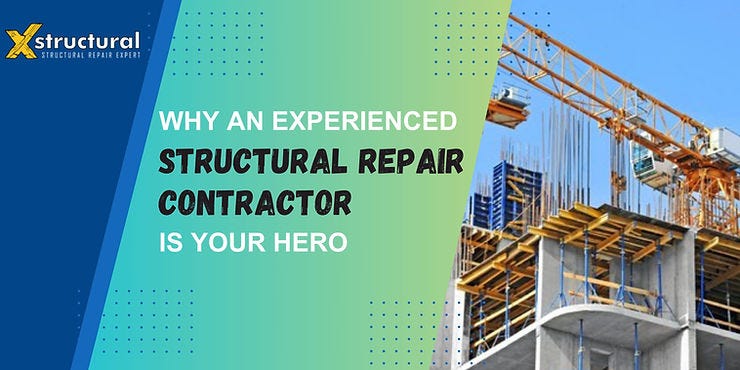Delve into the realm of structural repair contractors and uncover the intricacies of their vital role in maintaining the integrity of buildings. From qualifications to challenges, this topic offers a comprehensive look at this essential profession.
.
Overview of Structural Repair Contractors
Structural repair contractors play a crucial role in ensuring the safety and integrity of buildings and structures. They are responsible for identifying, assessing, and repairing damages or weaknesses in the structural components of a building. It is important to hire qualified professionals for structural repair work to ensure that the repairs are done correctly and safely. Improper repairs can lead to further damage, safety hazards, and costly consequences down the line.Typical Qualifications and Certifications
- Structural repair contractors should have a relevant degree in civil engineering, architecture, or a related field to demonstrate their knowledge and expertise.
- They should also possess certifications such as Professional Engineer (PE) or Structural Engineer (SE) to prove their competency in structural repair work.
- Experience in the construction industry and specialized training in structural repair techniques are also essential qualifications for contractors in this field.
Types of Structural Repairs
Structural damages can vary in severity and complexity, leading to the need for different types of repairs. Structural repair contractors are equipped with various methods and techniques to address these issues effectively.Common Types of Structural Damages
- Foundation Cracks: Cracks in the foundation can weaken the overall structure of a building and compromise its stability.
- Roof Leaks: Water intrusion through the roof can cause damage to the structure and lead to mold growth.
- Wall Bowing: Walls that are bowing or leaning can indicate a serious structural problem that needs immediate attention.
- Settlement Issues: Uneven settling of a building can cause cracks in walls and floors, affecting its structural integrity.
Methods and Techniques Used by Contractors
- Underpinning: Strengthening the foundation of a building by extending it to a more stable soil layer.
- Carbon Fiber Reinforcement: Using carbon fiber straps to reinforce and stabilize bowing walls.
- Grouting: Filling voids and stabilizing soils to prevent further settlement issues.
- Steel Beam Reinforcement: Installing steel beams to provide additional support to a structure.
Materials and Tools Used in Structural Repair Projects
- Epoxy Resin: Used for bonding, filling cracks, and repairing concrete structures.
- Helical Piers: Used to stabilize and support foundations that have settled or shifted.
- Hydraulic Jacks: Used to lift and level sagging floors or beams.
- Masonry Repair Mortar: Used for repairing and restoring damaged masonry structures.













